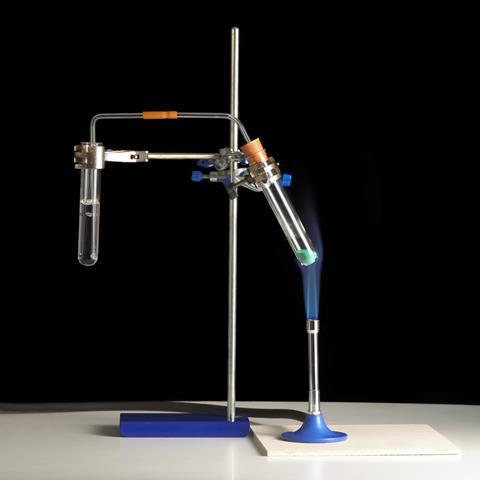Help students understand how mass is conserved when a substance is dissolved or heated

Not all students are confident with the idea that mass is conserved when a substance is dissolved or heated. Indeed, a number of interesting observations make the seemingly intuitive law of conservation of mass not so intuitive after all. For example, when sugar dissolves in water it disappears but mass is conserved.
Use this classroom activity to help students visualise the components of a reaction using the examples of dissolving sugar and heating copper(II) carbonate. Download the activity as a starter slide or as a worksheet, together with an answer sheet.
Also, use the thinking questions to challenge students to consider what happens to matter during and after a reaction.
Use this resource alongside the Education in Chemistry article, Conservation of mass.
Downloads
Conservation of mass - thinking questions
Presentation | PowerPoint, Size 0.13 mbConservation of mass - thinking questions
Presentation | PDF, Size 61.29 kbConservation of mass starter slide
Presentation | PowerPoint, Size 0.19 mbConservation of mass starter slide
Handout | PDF, Size 72.17 kbConservation of mass student worksheet
Editable handout | Word, Size 0.12 mbConservation of mass student worksheet
Handout | PDF, Size 74.22 kbConservation of mass teacher worksheet
Editable handout | Word, Size 0.12 mbConservation of mass teacher worksheet
Presentation | PDF, Size 79.97 kb


















No comments yet